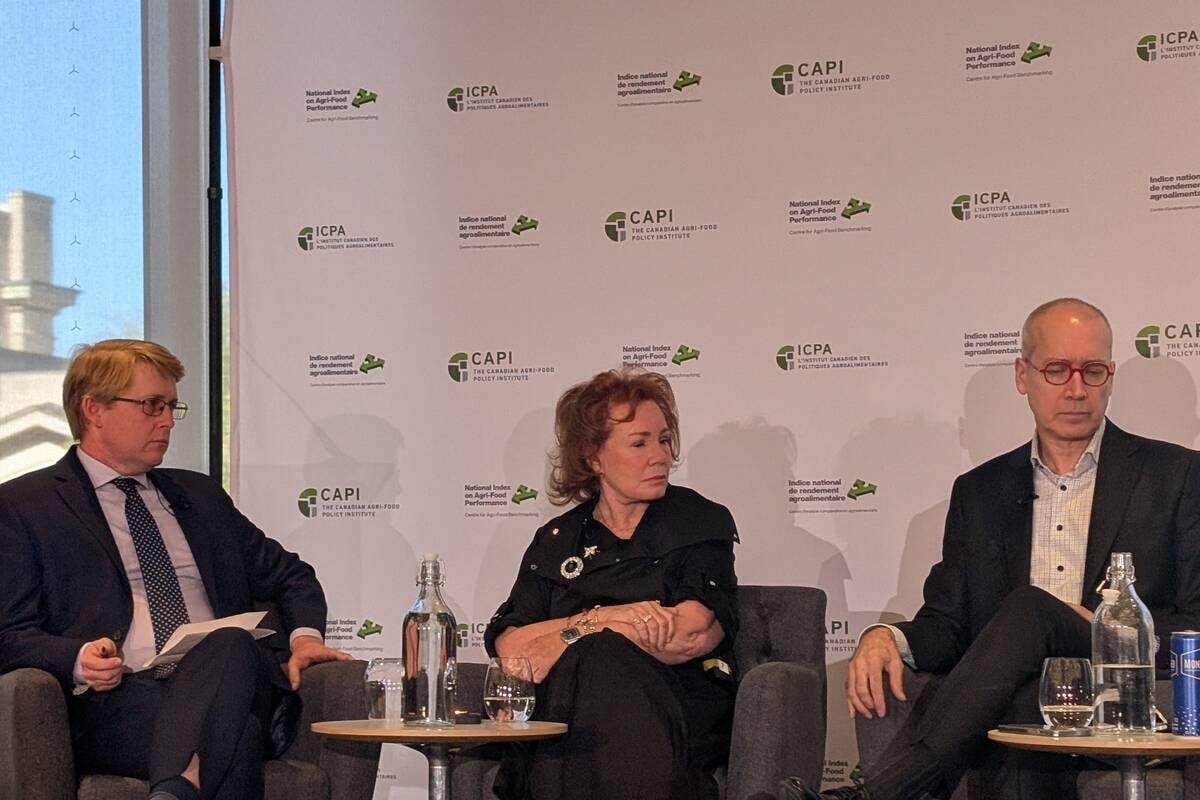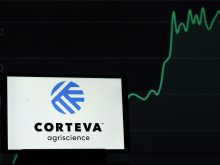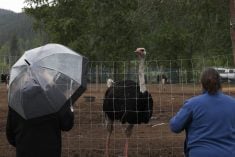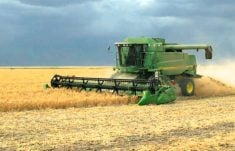CHICAGO, Ill. (Reuters) — Chicago Mercantile Exchange lean hogs gained modestly on Monday, helped by short-covering and deferred-month buying pegged to Friday’s U.S. Department of Agriculture quarterly hog report, traders said.
Last Friday’s report showed active herd expansion during the December-February quarter that slowed as producer profits waned.
Nearby hog futures bounced around throughout the session, pressured by eroding cash prices, but supported by positioning before the last trading session of the quarter on Tuesday.
USDA data showed the morning’s average market-ready, or cash, hog price in Iowa/Minnesota was $53.46 per hundredweight, $2.42 lower than on Friday.
Read Also

Arlene Dickinson says recent trip to Asia opened her eyes to new trade opportunities
Arlene Dickinson says Canada must take up decades-old suggestions to support the agriculture and food sectors
Packers need fewer hogs with some plants scheduled to be closed on Good Friday and Easter Monday, analysts said.
On Good Friday 2014, packers processed 385,000 hogs and 273,000 the Monday after Easter Sunday, based on USDA data.
Investors look for shoppers to mull less-costly pork versus high-priced beef as spring grilling gets underway.
Monday morning’s wholesale pork price gained 30 cents per cwt to $65.65, USDA said.
April closed 0.175 cents per lb. higher at 61.300 cents, and May up 0.025 cents at 68.200 cents.
CME live cattle closed mixed on pre end-of-quarter position squaring, traders said.
April closed down 0.125 cents per at 162.500 cents, June unchanged at 152.975 cents, and August 0.325 cents higher at 150.275 cents.
Higher wholesale beef values and futures’ discounts to last week’s cash prices offered market support, traders said.
Monday morning’s choice wholesale beef price rose $1.70 per cwt from Friday to $252.50. Select cuts jumped $2.57 to $249.28, USDA said.
Last Friday, cash cattle in the U.S. Plains moved at $165 per cwt, steady to up $2 from the previous week, feedlot sources said.
Uncertainty about this week’s cash direction, based on poor packer margins and some plants dark in observance of Easter Monday, weighed on futures.
On Good Friday last year, beef packers processed 100,000 head of cattle and 103,000 on Easter Monday, USDA said.
Market bears want cash prices to fall so they can sell futures, but tight cattle numbers favor packers spending more to get cattle, said JRS Consulting owner Jack Salzsieder.
Profit-taking and live cattle pulled down CME feeder cattle futures.
April closed 0.650 cent per lb lower at 218.625 cents, and May 0.675 cent lower to 217.450 cents.














